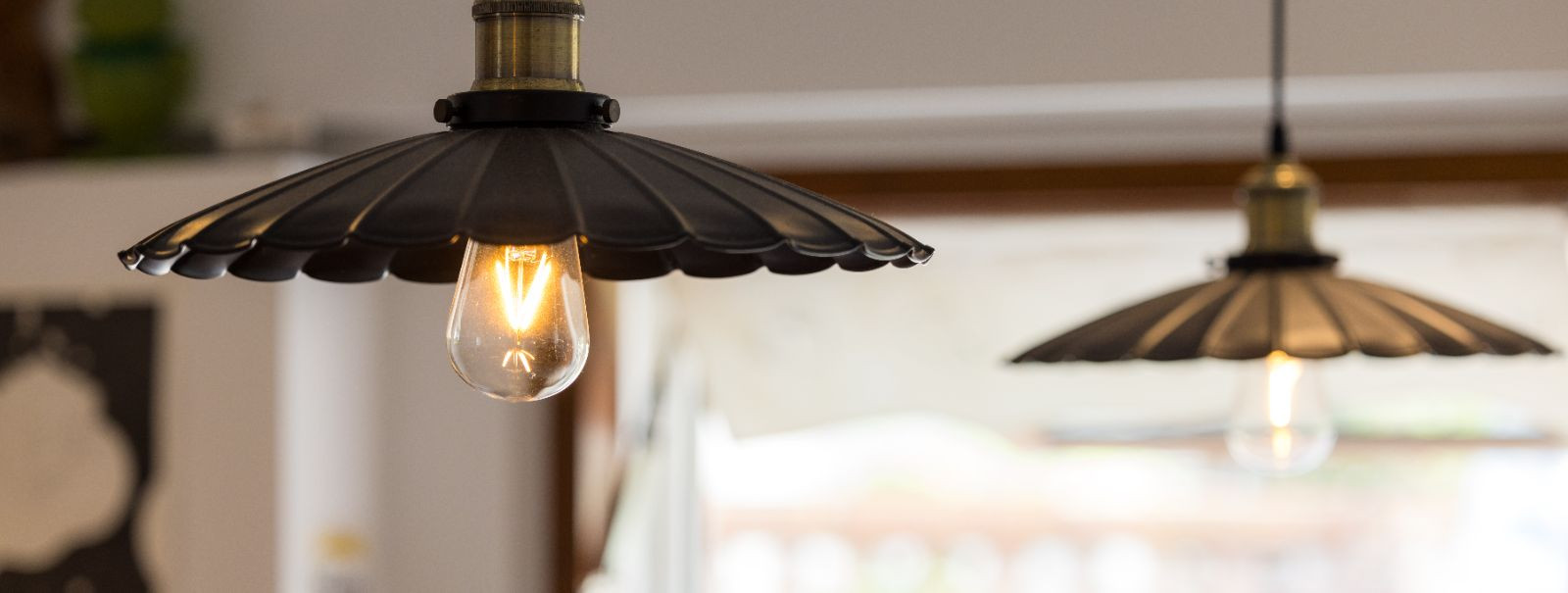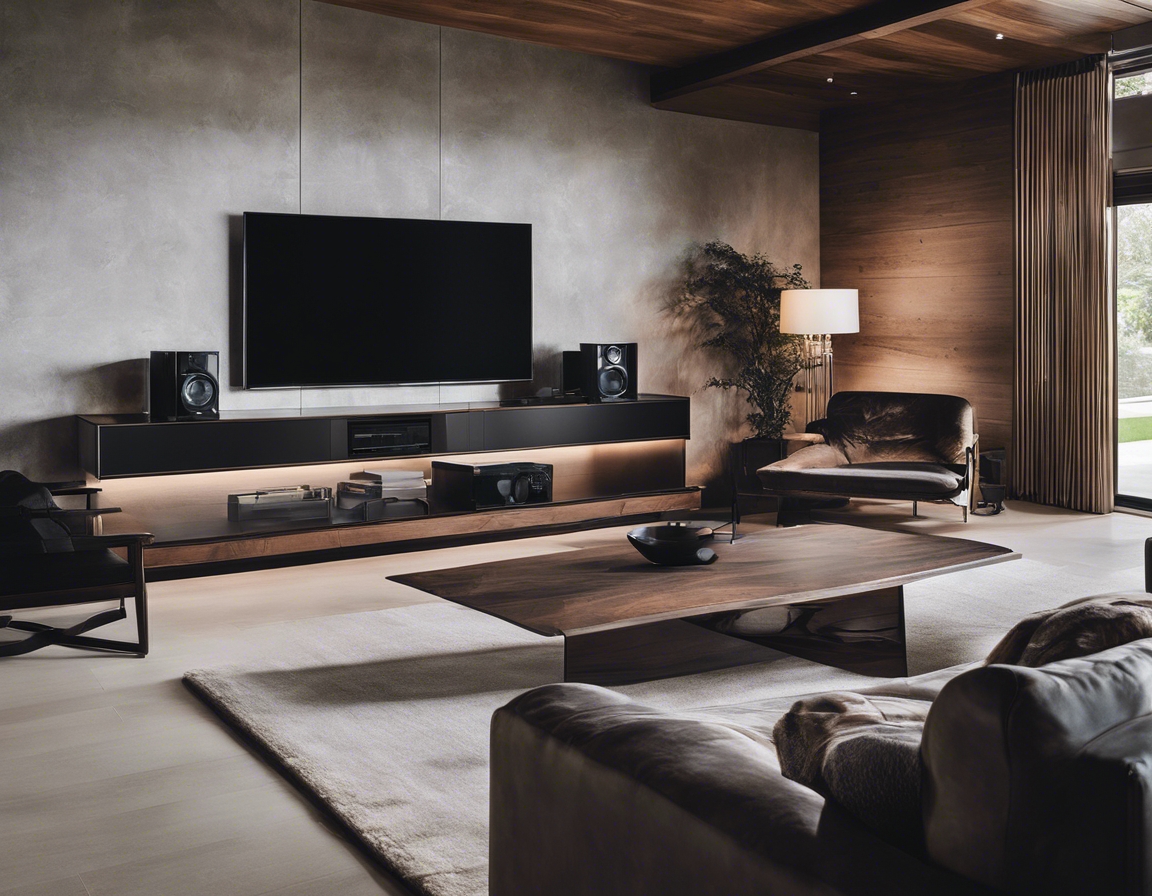The role of light in creating atmosphere
Light is not merely a functional element of design; it is a powerful tool that shapes our perception of space, influences our mood, and transforms the atmosphere of our environments. The interplay of light and shadow can create a narrative within a room, telling a story of elegance, warmth, or innovation.
Lighting affects our psychological state and can significantly impact our emotions and behavior. The right lighting can make a space feel cozy and inviting, while poor lighting can render it unappealing or even uncomfortable.
Designers leverage the science of lighting to enhance the aesthetic appeal of a space. By understanding how light interacts with different materials and surfaces, they can create a desired atmosphere that aligns with a client's vision.
The Interplay of Light and Space
Strategic lighting can accentuate architectural details, adding depth and dimension to a space. It can draw attention to the textures and contours that might otherwise go unnoticed.
Lighting design is crucial in defining the functionality of a space. It can delineate areas within a room, guiding the flow and utility of the environment.
Lighting Techniques for Atmosphere
Ambient lighting serves as the foundational layer of illumination in a space. It provides a uniform level of light, creating the overall mood and atmosphere.
Task lighting is focused on specific areas where activities require better illumination. It is essential for functionality but also contributes to the aesthetic quality of the space when done right.
Accent lighting is used to draw the eye to particular features or objects, such as artwork or architectural elements, enhancing the visual interest of a space.
Color Temperature and Mood
Warm lighting typically creates a cozy, welcoming atmosphere, while cool lighting can evoke a more alert and focused state of mind. The choice between warm and cool lighting can drastically alter the ambiance of a room.
Selecting the appropriate color temperature for a space is a critical decision in lighting design. It can complement the interior design, influence mood, and even affect the perceived temperature of the room.
Smart Lighting Solutions
Smart home technology has revolutionized the way we interact with our environments. Smart lighting systems offer convenience, energy efficiency, and the ability to customize lighting scenarios to suit any occasion.
Integrating smart lighting solutions into design plans allows for a seamless blend of technology and aesthetics, providing clients with a sophisticated and user-friendly lighting experience.
Lighting for Different Settings
Residential lighting should create a sanctuary of comfort and personality. It's about balancing aesthetics with the practical needs of the inhabitants.
In corporate settings, lighting plays a pivotal role in reinforcing brand identity and can influence productivity and employee well-being.
For the hospitality industry, lighting is essential in creating an ambiance that can make or break a guest's experience. It's about crafting a unique and inviting atmosphere that resonates with the brand's ethos.






Comments (0)